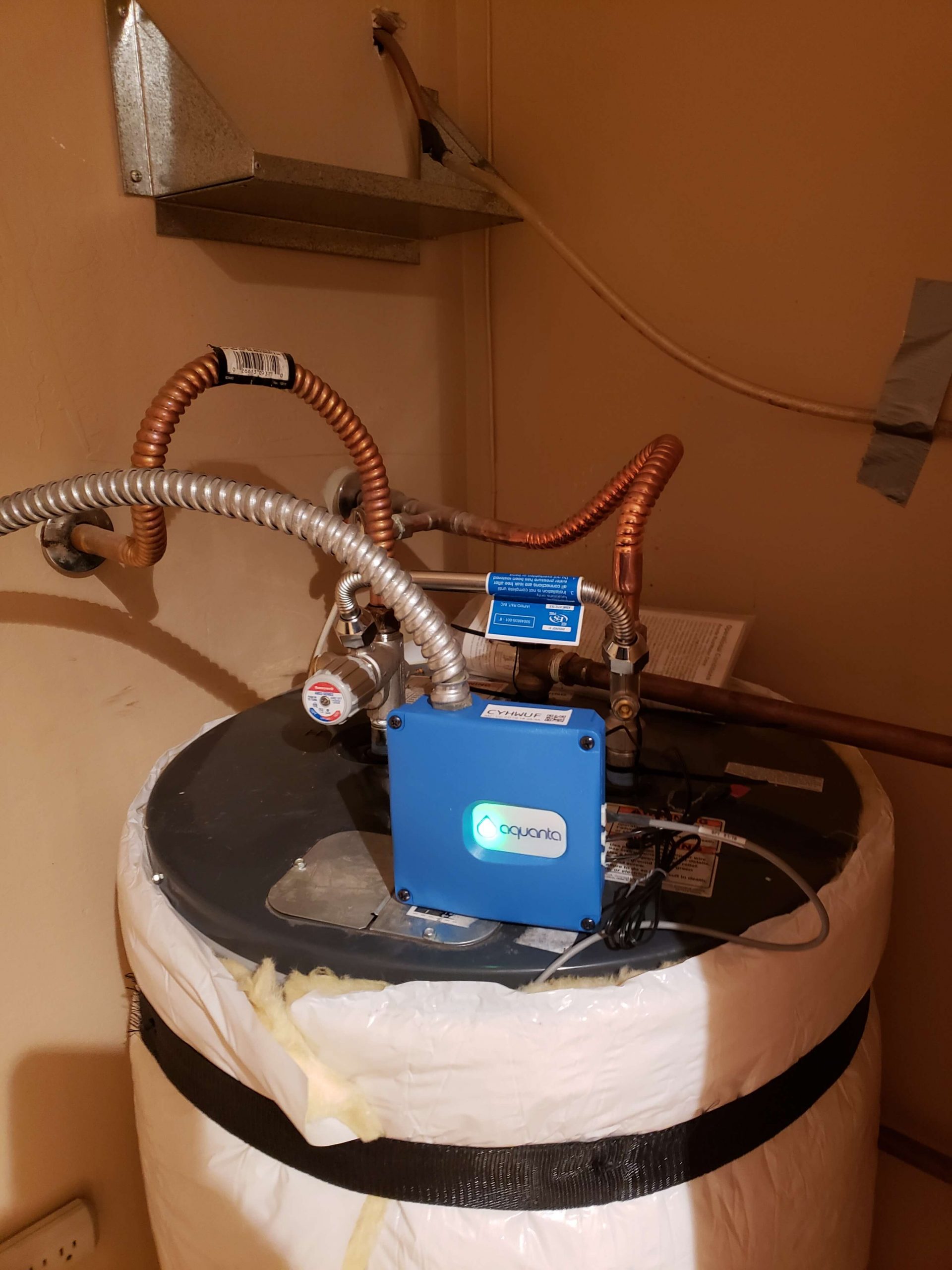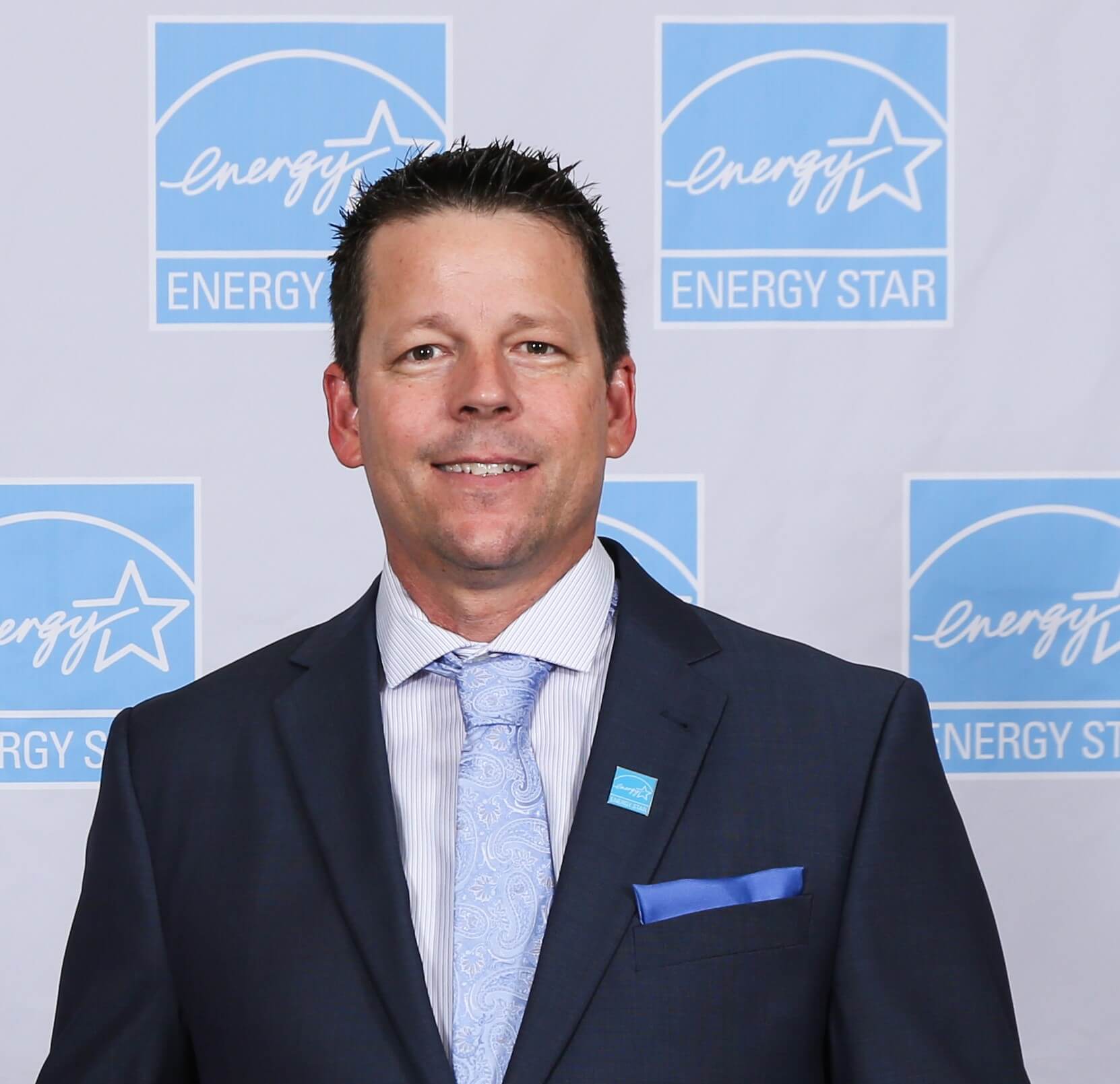
*sponsored content*
By Jonathan Waterworth
Many of you are likely not familiar with energy efficiency, but I have made it my career for the past 11 years and would like to share some of what I know with you today. We spend most of our time in our homes, and assume or expect that they were built well, safe, healthy, and comfortable—and for some that is true, but for most it is not. On average, a home has about 30% waste built into it, with some having more and some having less, bringing with it higher operational costs, along with comfort and Indoor Air Quality (IAQ) issues.
Over time, codes have changed the way we build things, all with the aforementioned issues in mind. And yes, although efficiency has improved, we are still finding and correcting inefficiencies in today’s housing stock. So whether your home was built in 1950 or 2019, you should consider having an energy
assessment done to see where and how much can be improved.
How Energy Efficiency Impacts
I will not go into detail about how we do our assessments, but rather that we are looking to address safety, health, comfort, and costs. These are the four pillars to a proper energy retrofit, although your concerns are usually cost and/or comfort.
You are probably wondering why health has anything to do with energy efficiency. I have witnessed the positive impacts on IAQ and subsequently occupant health when there is an emphasis on improving the living environment.
When you have the knowledge and training to identify probable triggers within the home and eliminate the envelope and mechanical leakage while introducing proper balanced ventilation, there is a great probability for success.
So, I have described the benefits of incorporating energy efficiency to the home, but let us recap:
• Identify and address safety issues
• Improve comfort and eliminate hot/cold rooms
• Improve IAQ and health
• Reduce operational costs
• Improve the durability and life cycle of HVAC
We can achieve this and a 30%-40% cost reduction on utilities while avoiding big-ticket items with long returns on investment, such as new windows and HVAC replacement.
Reducing Utility Costs
Sound too good to be true? Wait, it gets better! What if I told you there is an additional 15%-25% reduction on utility costs that can be achieved? Let me start first with how we arrived where we are.
Residential solar! I bet you’ve heard of it. The industry propped up by the taxpayer, that at best requires a large investment by you to reduce your utility costs over a long period of time, while not giving you any of the benefits that efficiency does because solar doesn’t fix anything! You will still have dust, hot rooms, and an air conditioner running all the time.
Here is an easy way to think of it. If you were stranded in the middle of the ocean on a life raft with a hole in it, would you want a bucket (being solar) or a patch (being efficiency)? I know what you’re thinking—rescue helicopter!
Load Shifting
The popularity of residential solar has created excess power on the grid from 10 a.m.–3 p.m., when there’s the least demand; and because utilities can’t sell it off, they have re-structured the rate plans to incentivize “load shifting.” This is revolutionary and will make people reconsider solar.
Why invest in solar when you can in theory use your neighbor’s solar investment by getting on a rate plan that has low kilowatt-hour pricing during “off peak” and use clean, cheap renewable energy by load shifting?
We start load shifting by looking at the high-demand equipment like HVACs, electric water heaters, pool pumps, ovens, and electric dryers. The ovens and dryers are a behavioral change, but the first three we want to determine when they operate, during off peak.
The highest demand by far is the HVAC, so it is crucial to have energy efficiency measures performed on the home to effectively and efficiently “pre-cool” your home during off-peak prior to on-peak and “drift” across on-peak pricing, and/or we can set you up with “maintenance cooling” during on-peak by programming HVAC to cool short, limited bursts while keeping costs down.

There is more potential with electric water heaters and how we use them. We can do a simple timer strategy, only having to run for a short period of the day while avoiding on-peak pricing, or a more advanced strategy using a water heater as an energy storage device.
For those who have pool pumps, run them during off-peak daylight hours for better chlorination. By installing smart thermostats and sometimes, in addition, smart technology and timers controlling how and when we use energy to our advantage against a particular rate plan, we can achieve enormous savings and comfort, better health, and improved green living.
Keep up with all of Green Living’s content by visiting our website
.
Jonathan Waterworth is a LEED Accredited BPI Certified professional who started Az. Energy Efficient Home in 2009, being Arizona’s first Home Performance with Energy Star Contractor. He has developed and piloted methods that have advanced home performance, as well as lead with a heavy emphasis on health and
indoor air quality within the home. Because of his contributions and leadership in home performance, he has been awarded the Nation’s Energy Star Contractor of the Year five times, and he is excited about the future of home performance and the benefits it provides to society. Waterworth can be reached at 480.471.0111 or
info@azenergyefficienthome.com.
www.azenergyefficienthome.com







Jonathan is an educated, experienced professional who evaluates homes based on a homeowner’s usage and habits. He has worked on my home and saved me a lot of money in electricity usage. As a full time realtor also specializing in energy efficiency, I highly recommend Jonathan Waterworth and would recommend him to anyone seeking to lower their energy bills and improve a home’s efficiency!